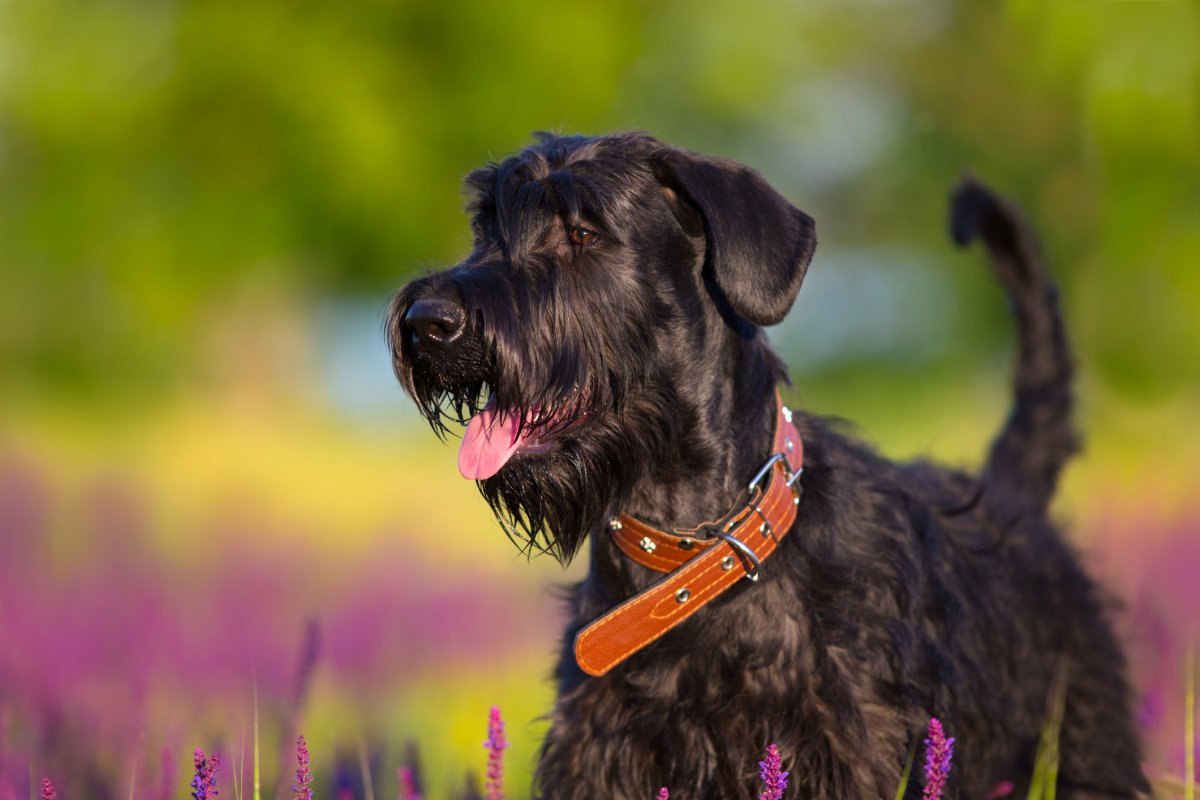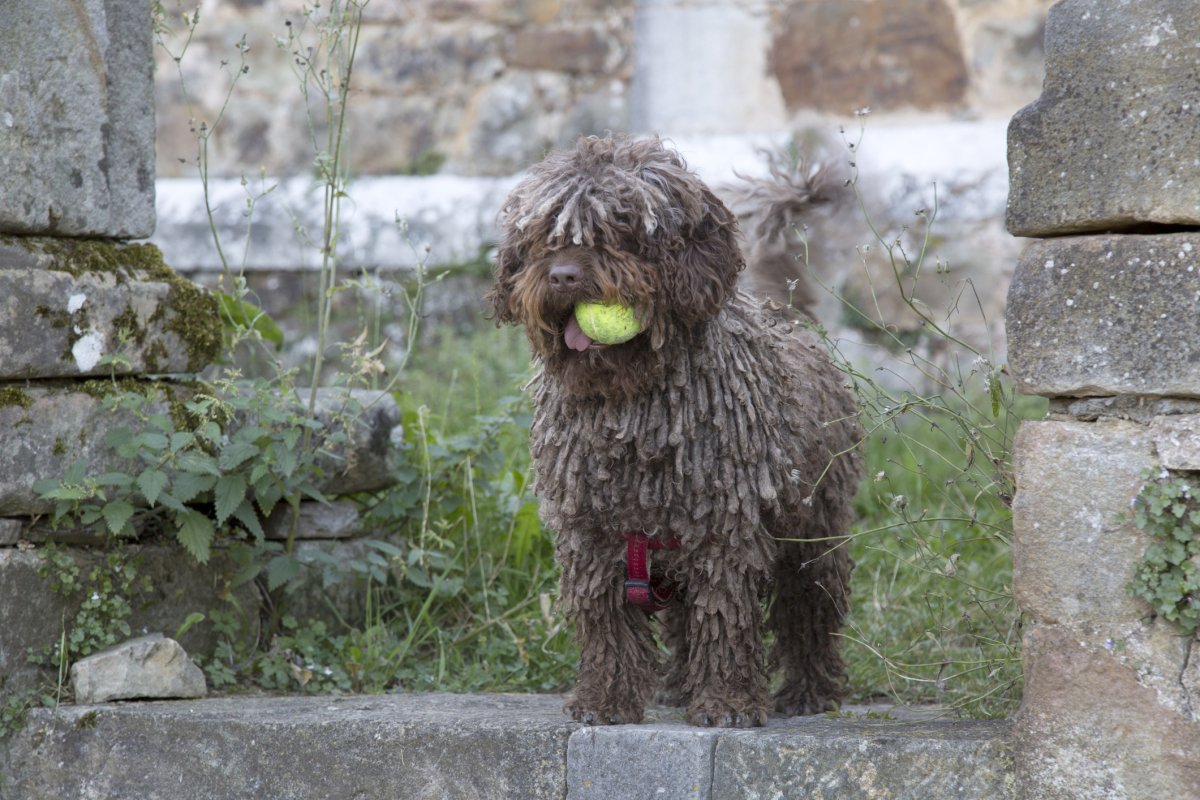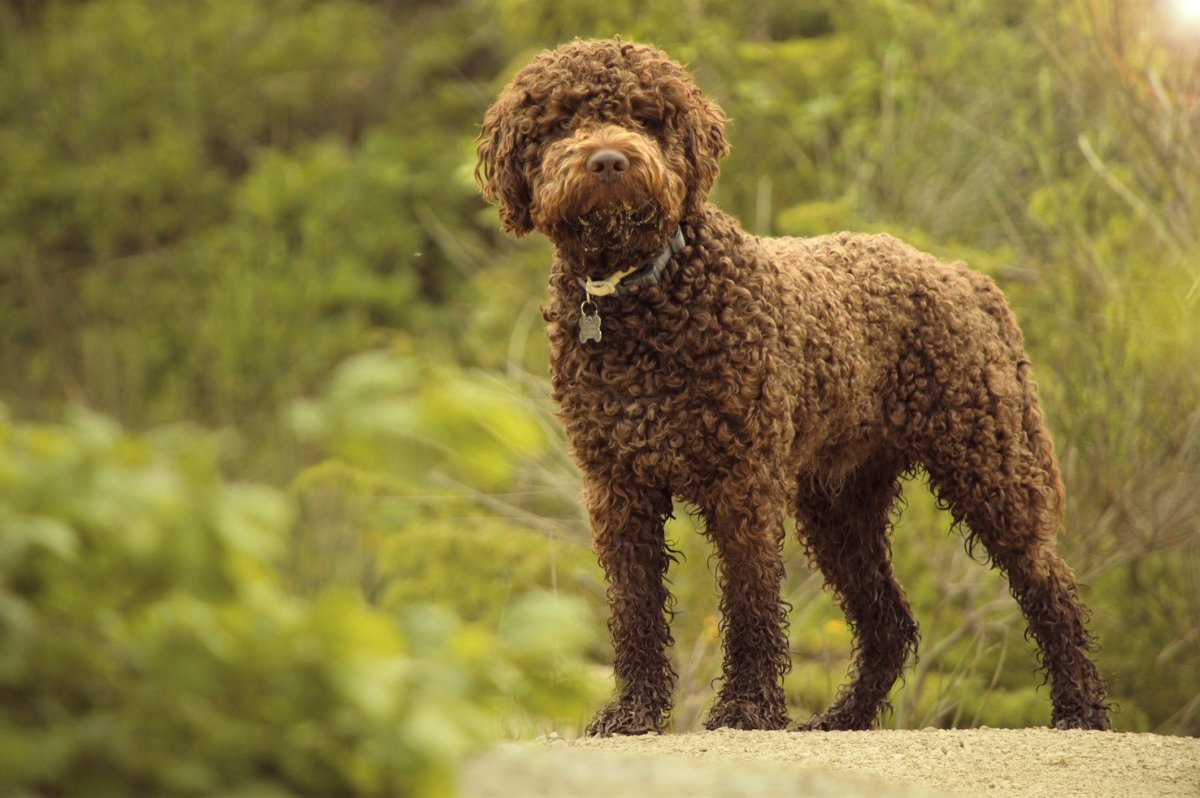Aggressive dogs bite people more than 4.5 million times each year, according to the American Veterinary Medical Association. About 20 percent of those dog bites need medical attention. If you are considering adopting a dog, it’s natural to worry about whether they might become aggressive and pose a risk to you or your loved ones. Understanding what makes dogs aggressive and identifying the most aggressive breeds can help you make an informed decision when adopting a pet.
In a 2021 study conducted by the University of Helsinki, researchers gathered data from 13,715 dogs, including 1,791 canines that exhibited frequent aggressive behaviors. The study revealed several factors contributing to a dog's aggressiveness, including fearfulness, age, gender, size, owner experience, socialization, and breed. The findings challenge common perceptions about which breeds are most likely to be aggressive.
Throughout this guide, we will delve deeper into the characteristics and behaviors of aggressive dog breeds, explore the reasons behind aggressive tendencies, and provide insights on how to properly train and socialize dogs to minimize aggressive behavior. With the right knowledge and approach, adopting a dog can be a fulfilling experience without the fear of aggression.
What You Will Learn
- Understanding the factors that contribute to dog aggressiveness.
- Identifying the most aggressive dog breeds.
- The importance of training and socialization for aggressive dogs.
- How to approach adopting a dog with potential aggression issues.
What Makes a Dog Aggressive?
The study from the University of Helsinki identified key factors that can lead to aggressive behavior in dogs. One of the most significant contributors is fearfulness, which can trigger a dog to act aggressively when feeling threatened or insecure. Additionally, older dogs might display aggressive tendencies due to pain or chronic illness, making them less patient with humans. Male dogs, on average, tend to be more aggressive than females, and interestingly, sterilization does not seem to have a significant impact on this behavior.
Size also plays a role in aggression. Smaller dogs often exhibit more aggressive behavior compared to larger breeds, possibly due to their heightened fear of larger humans and animals. First-time dog owners may face challenges as their pets are more likely to display aggressive behavior, indicating that experience matters when it comes to training and managing a dog. Furthermore, dogs lacking socialization with other canine companions are more prone to showing aggression toward people.
Lastly, while breed can influence aggression, it is essential to understand that it is not the sole determinant. Training and socialization can significantly mitigate aggressive tendencies, even among breeds traditionally viewed as aggressive. By focusing on these factors, dog owners can foster a positive environment that encourages good behavior.
10 Most Aggressive Dog Breeds
The University of Helsinki's research highlighted ten dog breeds that were found to be more aggressive than others. These breeds include:
1. Rough Collie

Average Weight: 40 to 65 lbs
Average Height: 20 to 24 inches
Life Expectancy: 14 to 16 years
Rough collies, popularized by the beloved TV character Lassie, exhibited the highest aggression levels in the study. Their energetic and alert nature can lead to aggressive responses, especially toward strangers, though they are known for their loyalty to their families.
2. Miniature Poodle

Average Weight: 10 to 15 lbs
Average Height: 10 to 15 inches
Life Expectancy: 13 to 15 years
Miniature poodles may be small, but they frequently display aggressive behaviors as a means of compensating for their size. Their energetic and hyperactive demeanor can escalate into aggression, making them one of the more aggressive breeds.
3. Miniature Schnauzer

Average Weight: 12 to 20 lbs
Average Height: 12 to 14 inches
Life Expectancy: 12 to 15 years
Originally bred as guard dogs in Germany, miniature schnauzers are fearless and unwilling to back down from confrontations, which can lead to aggressive situations.
4. German Shepherd

Average Weight: 49 to 88 lbs
Average Height: 22 to 26 inches
Life Expectancy: 9 to 13 years
German shepherds are often employed as police or military dogs due to their trainability rather than inherent aggression. Their energy levels necessitate proper training and stimulation to prevent aggressive behavior.
5. Spanish Water Dog

Average Weight: 31 to 49 lbs
Average Height: 15 to 20 inches
Life Expectancy: 10 to 14 years
Spanish water dogs were initially bred for retrieving waterfowl, which may contribute to their aggressiveness. They are valued as athletic family dogs that can also serve as vigilant watchdogs.
6. Lagotto Romagnolo

Average Weight: 24 to 53 lbs
Average Height: 17 to 18 inches
Life Expectancy: 15 to 17 years
The Lagotto Romagnolo was bred for truffle hunting and requires ample stimulation to prevent aggression. They respond well to training, making them manageable companions.
7. Chinese Crested Dog
 Russia's Dmitry Medvedev Issues Nuclear Response Warning Amid Ukraine Conflict
Russia's Dmitry Medvedev Issues Nuclear Response Warning Amid Ukraine ConflictAmber Rose Takes A Political Gamble: The Impact Of Her Support For Donald Trump
A Viral Reddit Post Claims One Of Easter Island's Moai Statues Was Never Erected
Michigan Lawmakers Propose Bill To Eliminate Daylight Saving Time
The Longest Movies Ever Made: A Journey Through Time And Film
Article Recommendations
- Donald Trump Calls Jd Vance Town Hall Michigan 1974861
- Little Rascals Netflix Where Are They Now 2021 1582862
- Jonah Hill Sarah Brady Text Messages Full Transcript 1812193
- Sweatpea Owner Speaks About Dog Honored During 2024 Puppy Bowl 1869279
- Mel Gibson Anti Semitism Racism Accusations 1512808
- What Pamela Anderson Has Said About Sex Tape Tommy Lee Pamela Love Story Netflix 1776828
- Joe Alwyn Posts Brooding Photo After Taylor Swift Cozies Travis Kelce 1950189
- Tiffany Gomas Not Real Tiktok Video Ultra Right Beer Photo 1891657
- New Jersey Map Population Shifting Crowded 1975080
- Rainbow Bridge Closure What We Know 1846195


